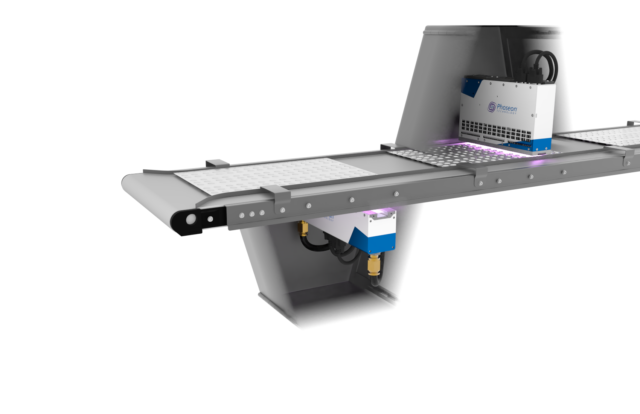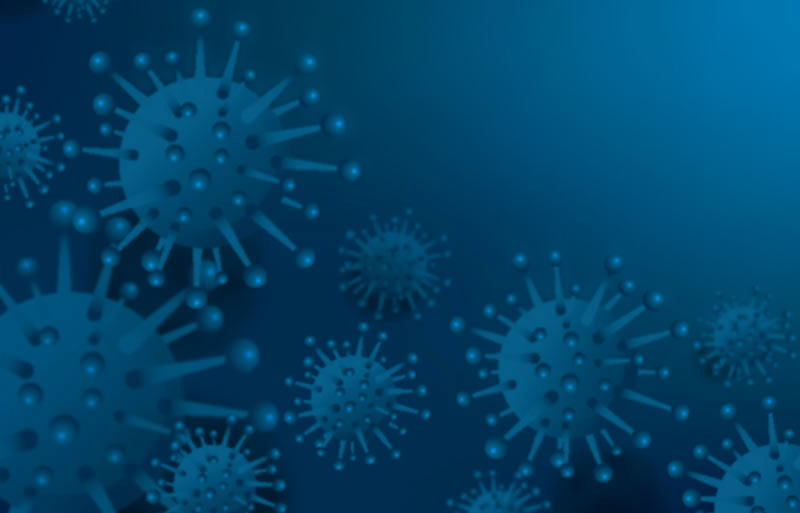Revealing the Benefits of UV Disinfection: Ensuring Tidy and Sanitized Spaces
While typical cleaning approaches have long been depended upon, advancements in technology have actually introduced an innovative service that guarantees clean and sanitized rooms: UV sanitation. In addition, we will certainly dig into the safety considerations that must be taken into account when implementing UV sanitation. Prepare to reveal a brand-new dimension of cleanliness and discover the untapped possibility of UV sanitation.

The Scientific Research Behind UV Disinfection
UV sanitation is a scientifically tested method that makes use of ultraviolet light to remove dangerous microbes from surfaces and water. The science behind UV sanitation depends on the capacity of UV-C light to harm the DNA and RNA of microorganisms, providing them unable to recreate and triggering their ultimate fatality. UV-C light falls within the wavelength variety of 200 to 280 nanometers, which is extremely reliable in destroying germs, infections, and other microorganisms.
When subjected to UV-C light, the hereditary product of microbes absorbs the power from the light, resulting in the development of thymine dimers. These dimers interrupt the typical duplication and transcription procedures of the microbes, inhibiting their capability to recreate and make it through (uv surface disinfection). The DNA and RNA damage triggered by UV-C light is deadly to the bacteria, making UV disinfection a trusted and reliable approach for eliminating a large range of microorganisms
UV disinfection is especially helpful in settings where typical chemical anti-bacterials may be ineffective or impractical. It is a non-chemical approach that does not leave any kind of deposits or unsafe byproducts, making it risk-free for use in food processing, health care centers, water therapy plants, and different other industries. Furthermore, UV sanitation is eco-friendly, as it does not add to the growth of antibiotic-resistant germs or other unsafe toxins.
Efficiency of UV Disinfection on Microorganisms
The effectiveness of UV sanitation in eliminating virus has been thoroughly studied and confirmed in various clinical research studies. UV radiation has the ability to suspend a large range of microorganisms, consisting of fungi, viruses, and microorganisms, by harming their DNA or RNA. This prevents them from replicating and triggering infections.
One research study released in the American Journal of Infection Control found that UV sanitation was efficient in minimizing the existence of several drug-resistant bacteria in health center rooms. One more research study carried out by the National Institute for Occupational Safety and security and Wellness demonstrated that UV sanitation had the ability to get rid of 99.9% of the influenza virus on surfaces.
UV sanitation has also shown assurance in combating the spread of healthcare-associated infections (HAIs) According to a research released in The Lancet, making use of UV-C light along with typical cleansing protocols dramatically decreased the occurrence of HAIs in a hospital setting.
In addition, UV sanitation has verified to be reliable versus arising virus, such as the extreme intense respiratory syndrome coronavirus 2 (SARS-CoV-2), which causes COVID-19. A research study carried out by the National Arising Transmittable Diseases Laboratories showed that UV-C light can suspend the infection on surface areas within secs.
Applications of UV Sanitation in Various Setups
With its tried and tested effectiveness in eliminating microorganisms, UV disinfection has discovered applications in a selection of setups. Among the most common areas where UV disinfection is made use of is in health care centers. UV modern technology is made use of to disinfect patient rooms, operating rooms, and various other high-touch surface areas, lowering the threat of healthcare-associated infections. Additionally, UV sanitation is likewise being carried out in food handling plants and dining establishments to ensure the safety of foodstuff and protect against the spread of foodborne illnesses. UV disinfection is also helpful in water therapy plants, where it is used to kill harmful bacteria and offer safe alcohol consumption water.
Another essential application of UV sanitation impends filtration market. UV air purifiers are utilized in household, industrial, and industrial setups to get rid of air-borne germs, infections, and mold and mildew spores. This innovation is especially helpful in settings where people are a lot more at risk to breathing infections, such as hospitals, institutions, and workplace buildings.
Additionally, UV sanitation is progressively being made use Visit Your URL of in mass transit systems, such as buses and trains, to keep clean and sanitized areas for guests. UV light is used to disinfect surfaces and air inside the cars, lowering the threat of spreading contagious illness.
Benefits of UV Sanitation Over Traditional Techniques
In contrast to conventional approaches, UV disinfection provides a variety of distinctive advantages that make it a preferable choice in numerous industries and settings. One considerable benefit is its efficiency versus a broad range of microbes, consisting of infections, bacteria, and fungis. Unlike chemical disinfectants that might have limited efficiency versus particular pathogens, UV disinfection is a non-selective process that can kill or suspend a wide range of harmful organisms.
An additional benefit of UV sanitation is its capacity to supply quick and reliable disinfection. Conventional disinfection methods usually call for longer get in touch with times or several actions to accomplish the preferred level of disinfection. In contrast, UV light can give instant and continual disinfection, lowering downtime and raising efficiency in various applications.
UV sanitation additionally uses a eco pleasant and safe choice to standard disinfection approaches. uv surface disinfection. Unlike chemical agents, UV light does not leave behind any kind of damaging residues or byproducts, making it appropriate for use in delicate environments such as food handling facilities, health care settings, and water therapy plants
Additionally, UV disinfection is a cost-efficient option over time. While the investigate this site ahead of time financial investment for UV disinfection systems might be more than traditional approaches, the functional prices are normally lower. UV lights have a long lifespan and need minimal upkeep, resulting in minimized labor and replacement prices.
Safety And Security Considerations for UV Sanitation
Thinking about the prospective risks connected with UV sanitation, it is necessary to attend to the safety factors to consider involved in applying this technology. UV disinfection makes use of ultraviolet light to kill or inactivate microbes, making it an efficient method for sanitizing different surfaces and items. Nonetheless, it is essential to recognize that UV radiation can likewise present dangers to human health if correct security measures are not complied with.
Firstly, straight exposure to UV radiation can create injury to the skin and eyes. Long term direct exposure can lead to sunburn, skin damage, and even an enhanced risk of establishing skin cancer. As a result, it is critical to make certain that UV sanitation systems are properly confined and outfitted with safety and security features such as automatic shut-off devices or activity sensing units to protect against accidental direct exposure.

Moreover, appropriate training and education and learning are essential for those responsible for operating UV disinfection systems. They should be conscious of the prospective dangers, understand the safety protocols, and recognize how to deal with and preserve the devices appropriately.
Verdict
UV sanitation can be used in numerous settings, including healthcare facilities, food handling plants, and water treatment systems. Contrasted to traditional approaches, UV sanitation has advantages such as faster disinfection times, marginal chemical usage, and no unsafe byproducts.
UV disinfection is a clinically tested method that utilizes ultraviolet light to remove harmful bacteria from surface areas and water. The DNA and RNA damage caused by UV-C light is dangerous to the microbes, making UV sanitation a dependable and effective method for killing a broad variety of pathogens.
Another benefit of UV sanitation is its capability to supply efficient and her comment is here quick sanitation. UV sanitation uses ultraviolet light to kill or inactivate microorganisms, making it a reliable technique for sterilizing different surface areas and items. Compared to conventional methods, UV sanitation has benefits such as faster sanitation times, marginal chemical use, and no hazardous by-products.